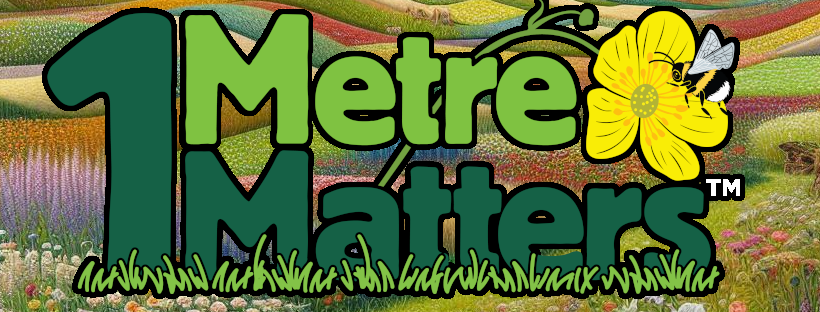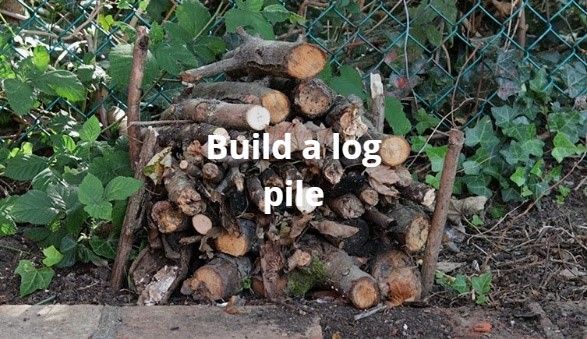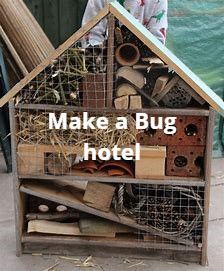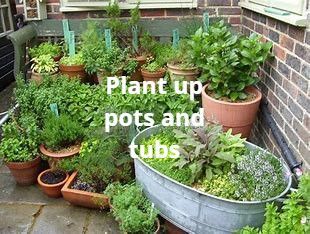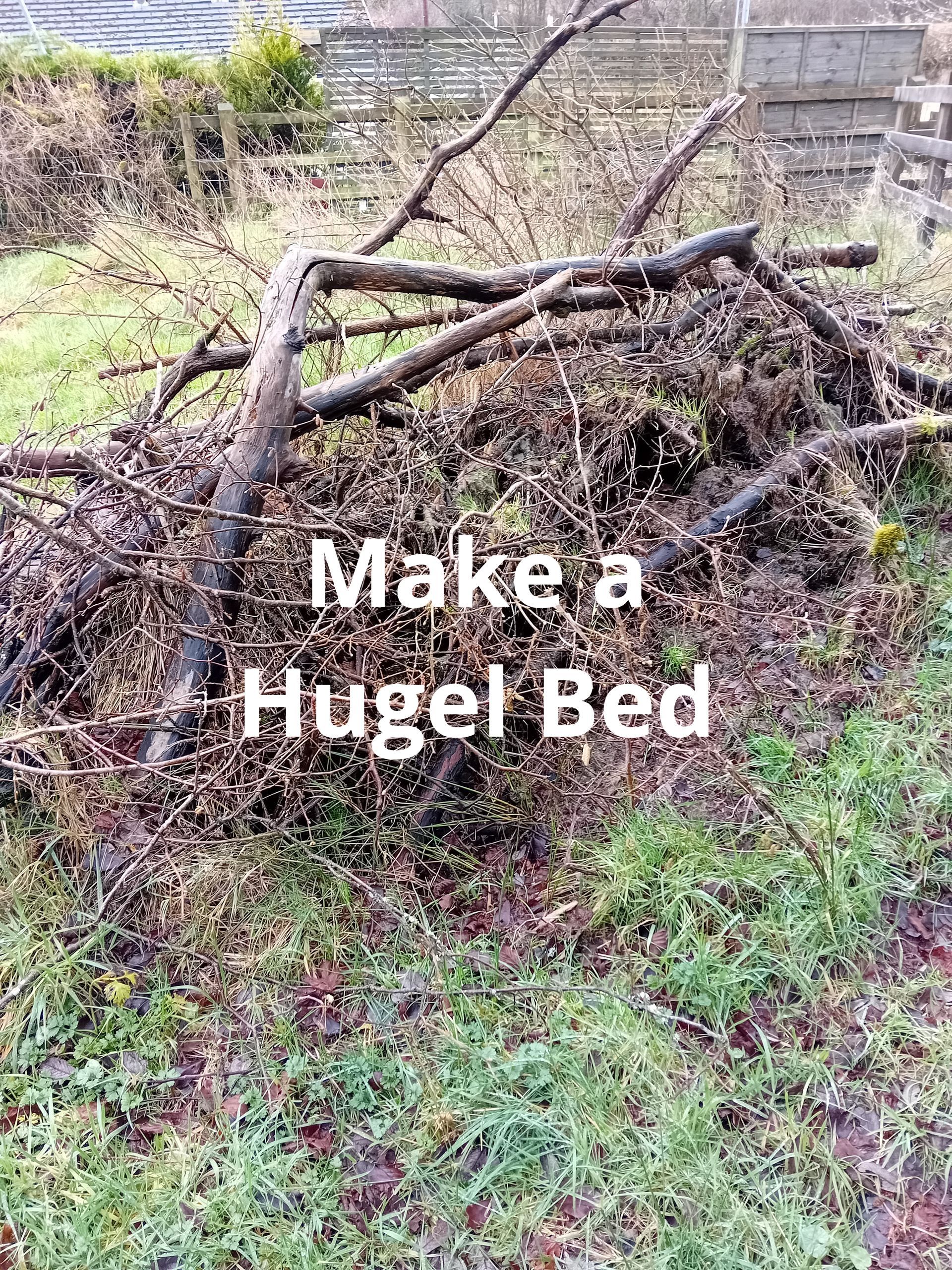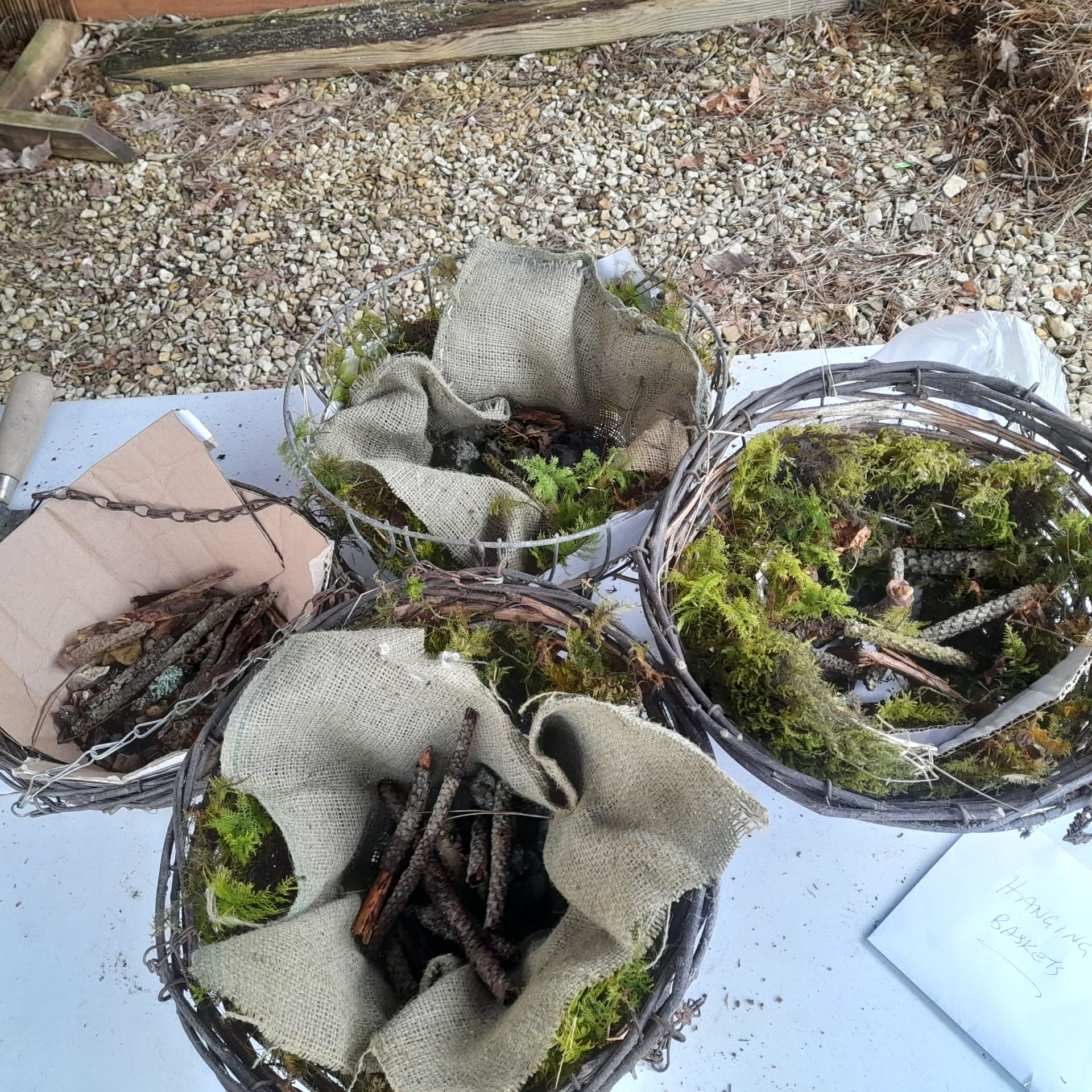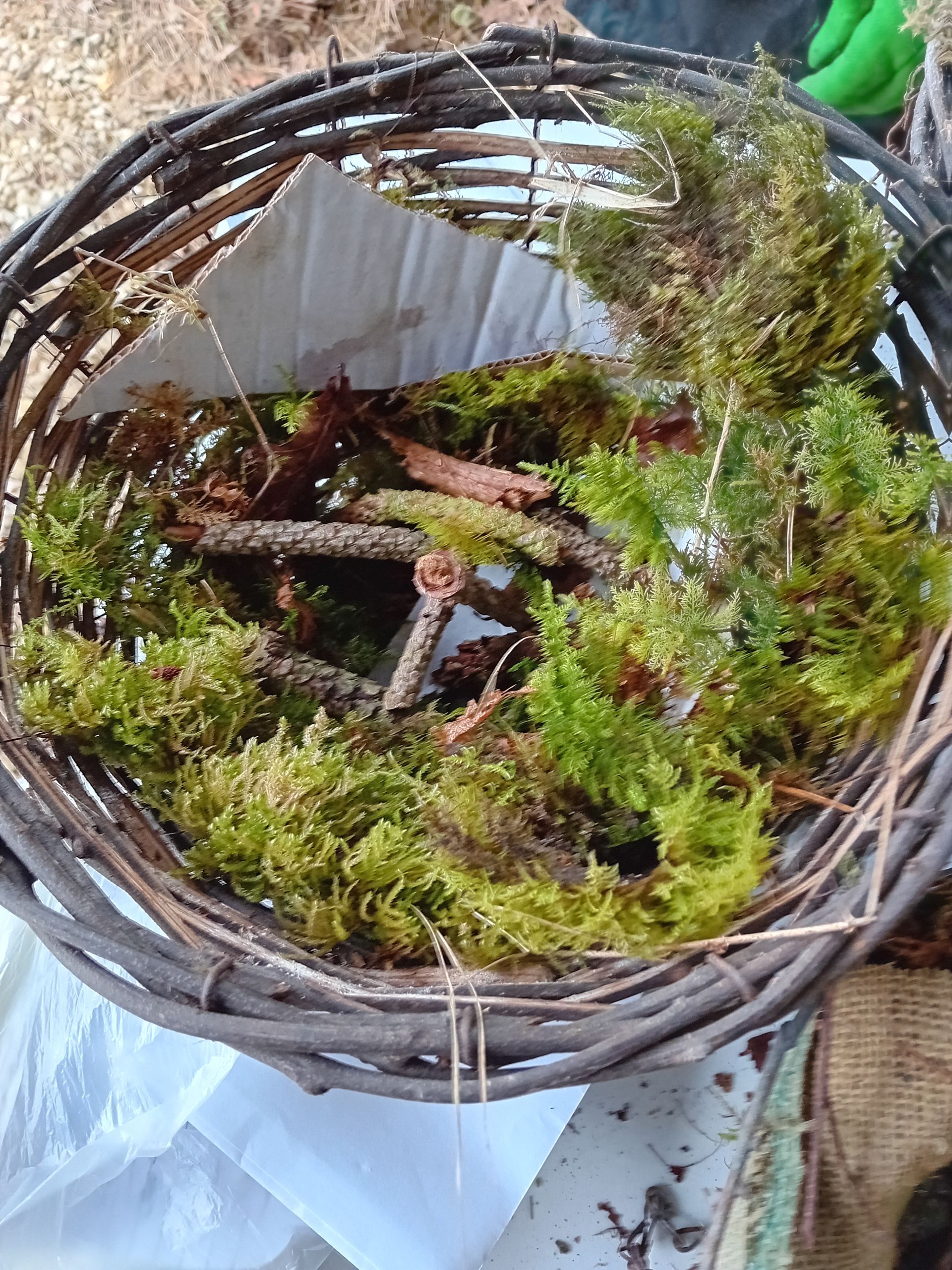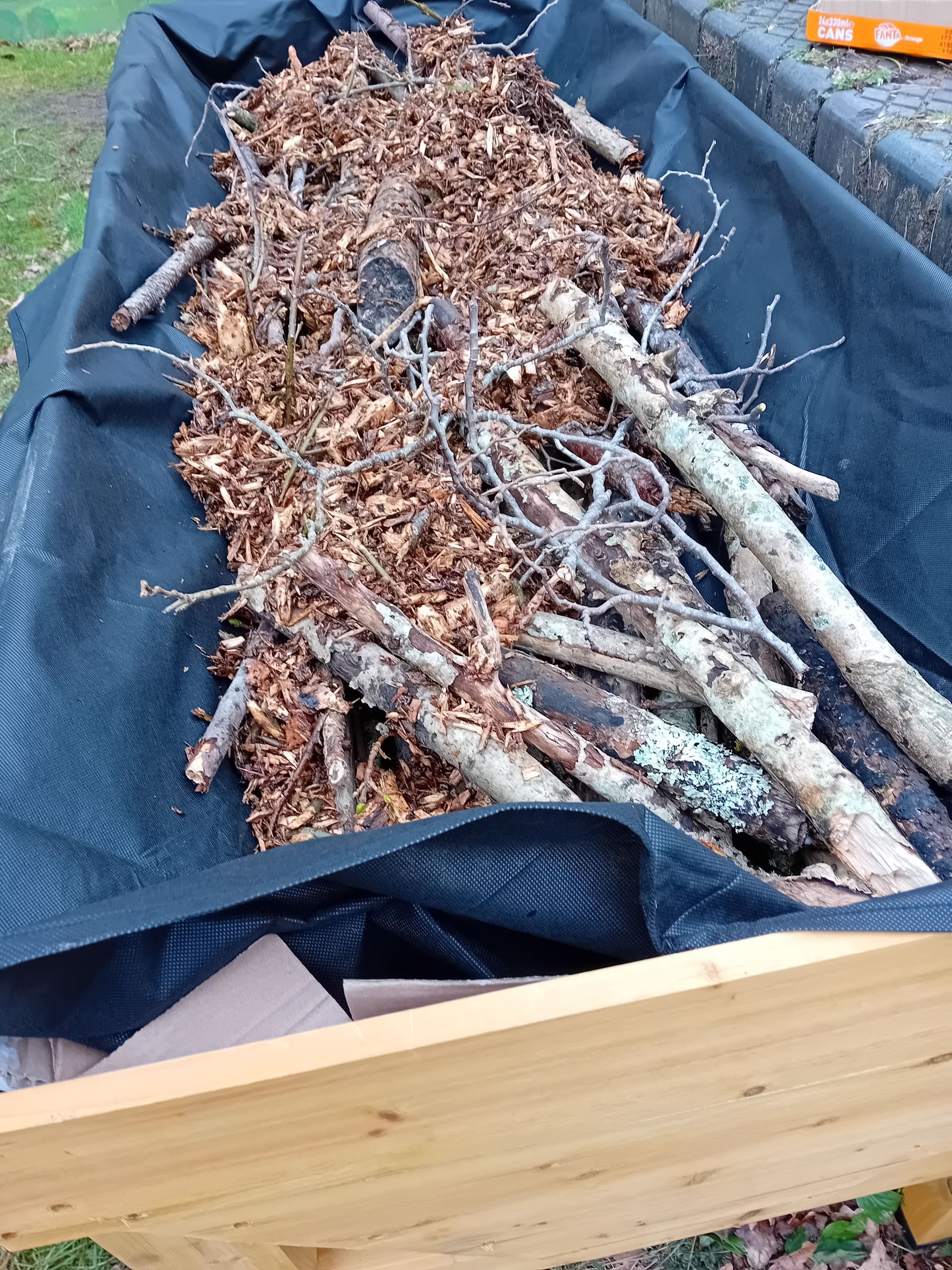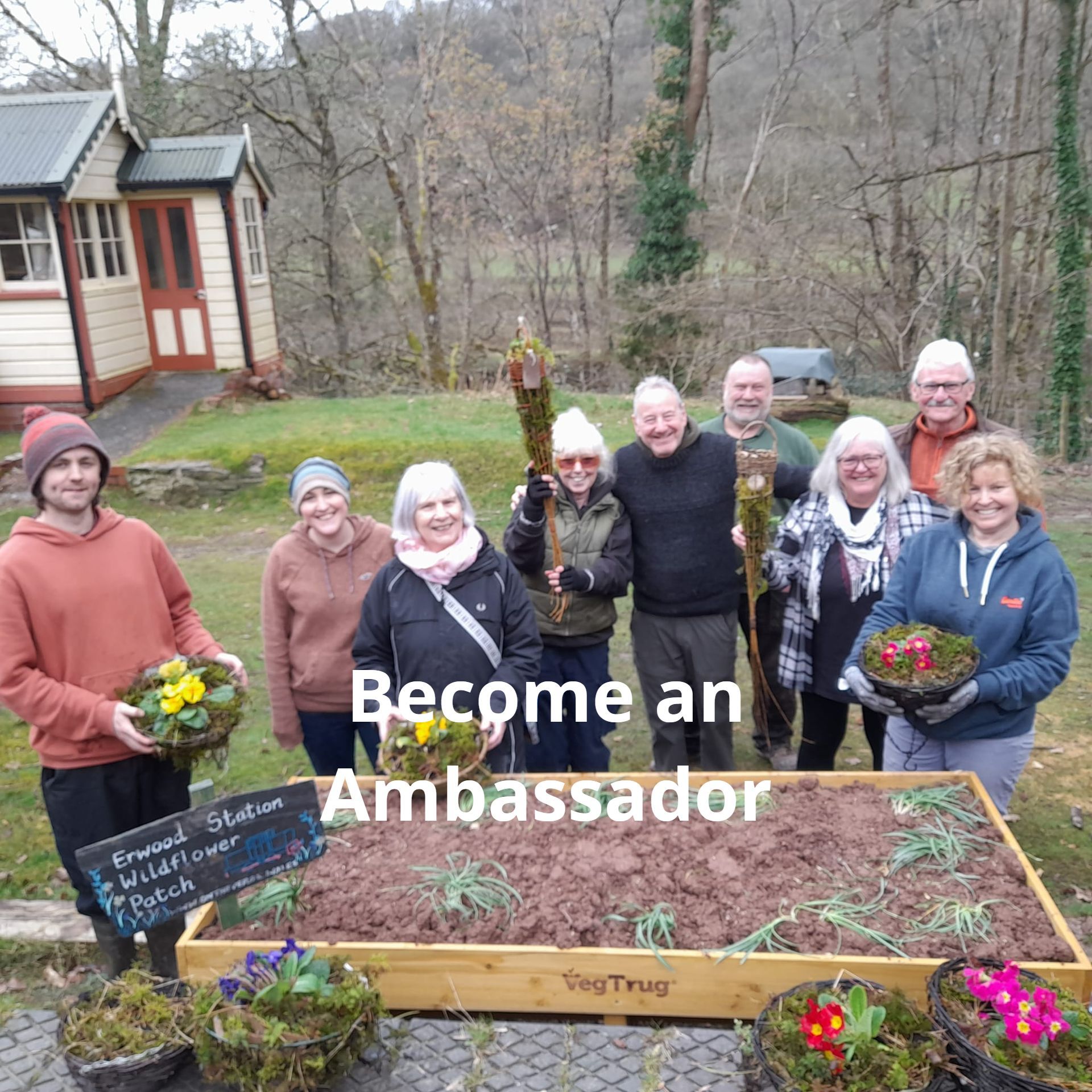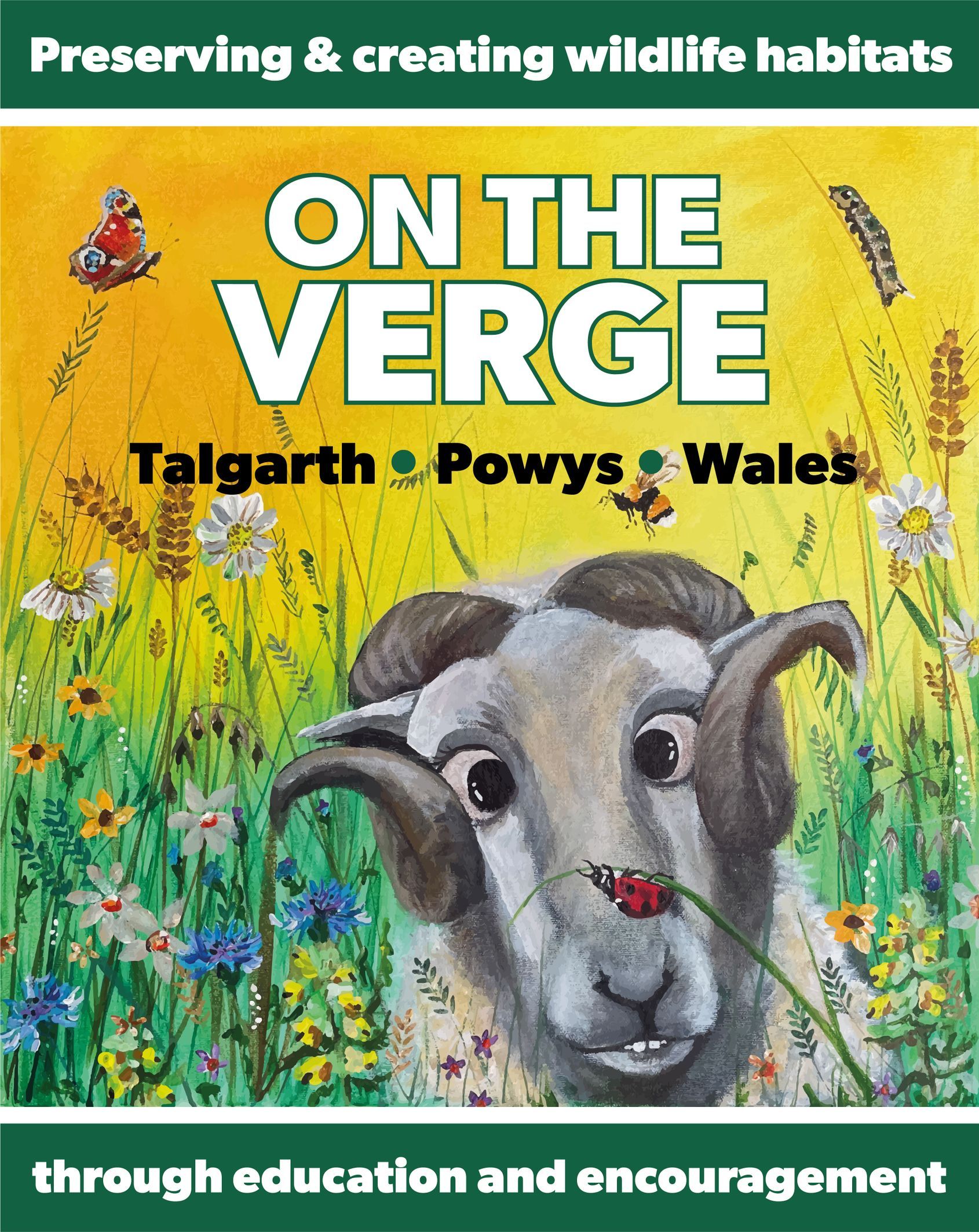What can I put in my 1 Metre?
Does thinking about our planet and its environment sometimes feel a bit daunting?
It might seem like too big a subject to think we, as individuals, can make a difference... but we can all help and together we can make a difference.
Look at the ideas below from 1MetreMatters and see how you can make your 1 metre matter, help our environment and increase insect numbers.
Create your 1 Metre
Quite simply, measure 1 metre, pick something you’d like to do from the following examples or think of something that insects could feed from or somewhere they could find shelter and protect themselves from predators.
Build a simple pile of logs
Make a bug hotel with lots of compartments
Create an area of wild flowers that you sow from a packet
Leave a wild area with a plant pot on it's side
Drill holes in a log and leave with upside down pots
Sow a wild flower area along the edge of a path or fence
Plant up a mix of insect-friendly herb and flower containers.
Get creative and plant a small garden area with plants such as lavender and rudbeckia, along with insect shelters, a shallow water bowl, rocks and a log pile.
Become an Ambassador for 1 Metre Matters and spread the word to your friends and family
Make your own Hugel bed* like the example made by Jan Credland at Erwood Station Craft Centre.
*Hugel beds are basically raised beds with a difference.
Simply stack logs, branches, leaves, lawn clippings, cardboard, and other biomass that you have on top of the soil (or you can dig out a trench for a base).
Then top the mound with some soil, and then if you have some spare turf - use that to help shape it but plant the turf upside down.
Send us your photos
We would really like you to send us “before and after pictures” to show and inspire others.
Contact us with your message.
Inviting nature into our cities and towns would seem to be a simple win-win: good for nature, and good for us.
Imagine if every garden was brimming with pollinator-friendly flowers, including native wildflowers, with a mini-meadow, flowering shrubs, a pond, compost heap, bee hotel and a hoverfly lagoon tucked in the corner.
This would provide a mosaic of tiny insect nature reserves, which if local councils came on board could be linked by flower-rich road verges and roundabouts, by lines of flowering trees in the streets, by flowering railway embankments, city nature reserves, nature areas in school grounds, city parks and so on, providing a network of interlinked habitats stretching across our crowded country.
Dave Goulson, Professor of Biology at University of Sussex

